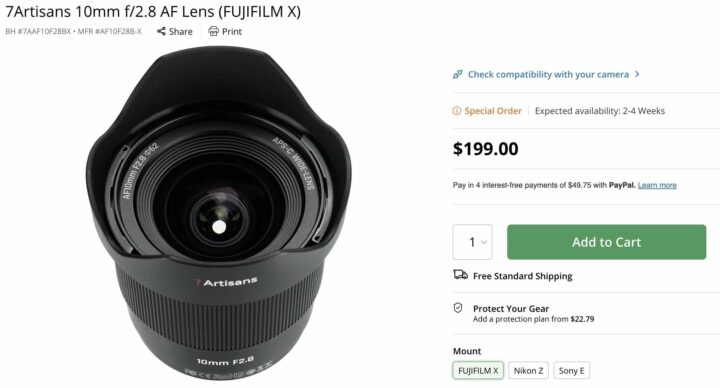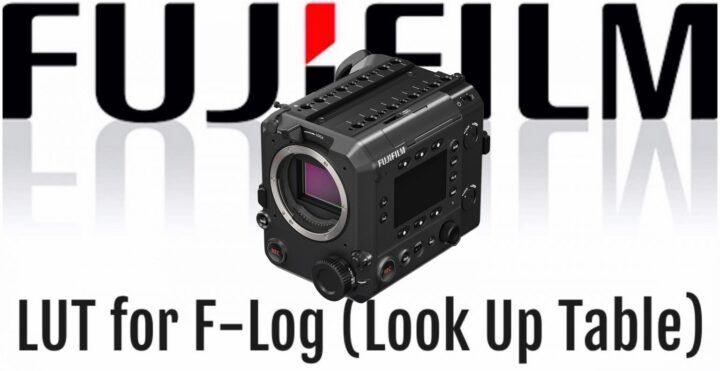Remove, Blur, and Replace Backgrounds with Aiarty Image Matting – Lifetime License + Free Upgrades – Black Friday Offer

Masking hair, fur, or glass can take hours in post-production. Aiarty Image Matting is an AI-powered tool that works fully offline, delivers high-resolution output, handles complex edges, and streamlines batch workflows.
For Fujifilm users, it supports .RAF and most major RAW formats, making it easy to integrate alongside Lightroom, Capture One, or Photoshop. Whether you’re editing single images or large batches, Aiarty Image Matting fits seamlessly into professional workflows.
Black Friday Lifetime License Deal
This Black Friday, get Aiarty Image Matting’s Lifetime License at 40% off — a one-time purchase that gives you full access to the software and its powerful features.
- Use on up to 3 computers
- Free lifetime updates; no subscriptions or hidden fees
- 30-day money-back guarantee; try it risk-free
Get the Lifetime License at 40% Off
Key Highlights of Aiarty Image Matting





